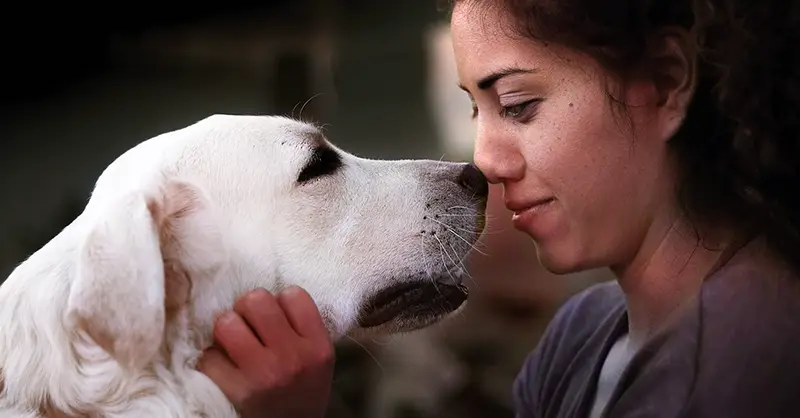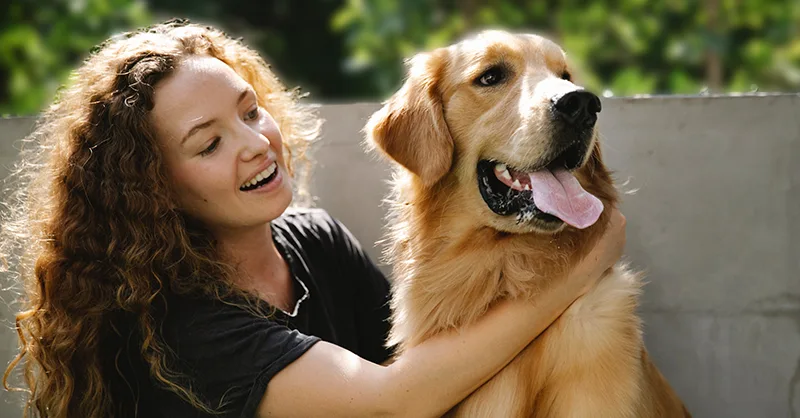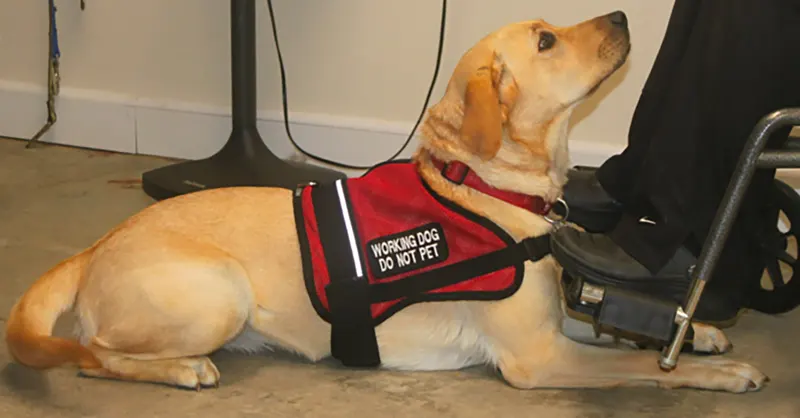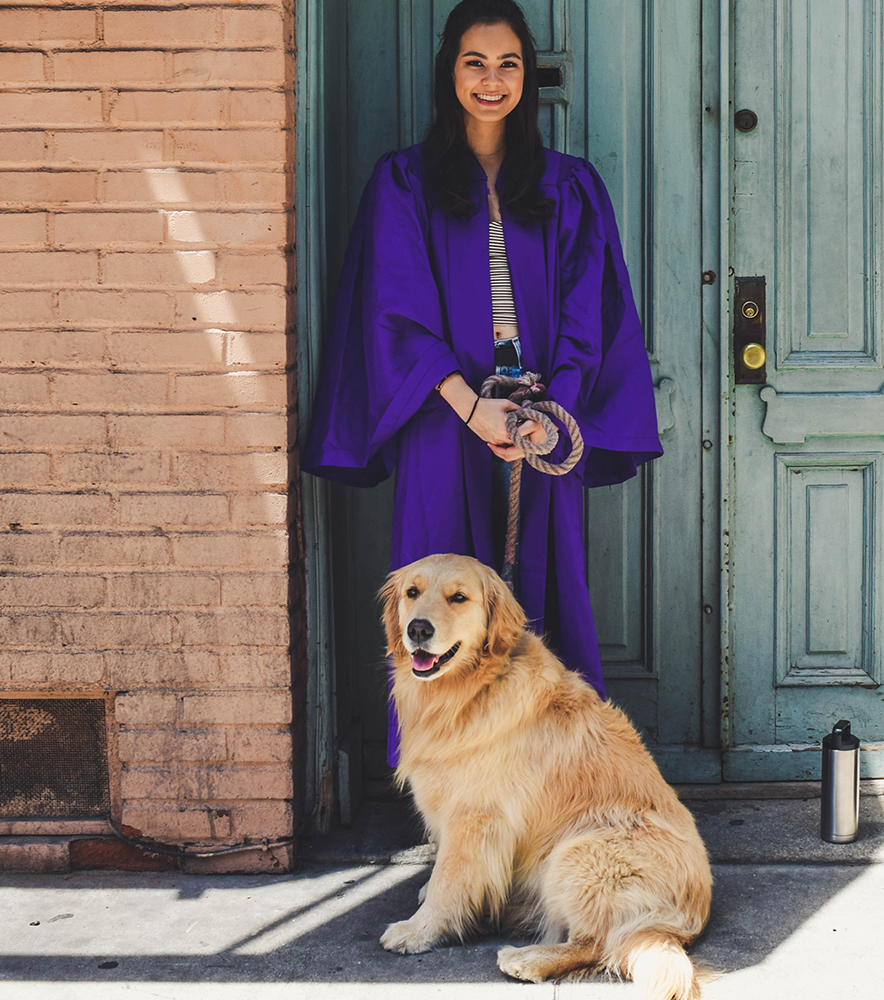Apologies, but no results were found. Perhaps searching will help find a related post.
Service Dog Access Rights & Etiquette in Public Spaces
Learn about where you can take your service dog and how to do it. Get practical tips on handling inquiries from staff and others in public venues.
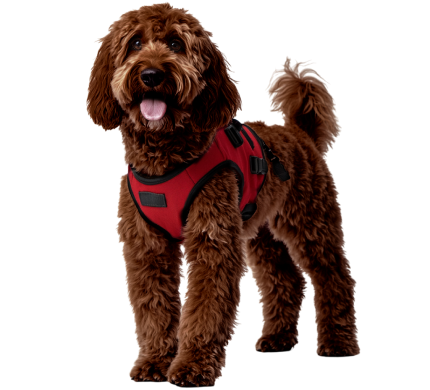
Most Popular Public Access Articles
Can a Service Dog Ride in a Shopping Cart at the Grocery Store?
From a health and hygiene perspective, and guided by local health codes, many grocery stores may discourage or prohibit animals from being placed inside shopping... Read more
Can a Service Dog be Taken to School?
A disability doesn't end at the doors of a school. For the most part, a school may be where a child or young adult learns... Read more
How to Bring a Service Dog on Cruise Ships
Your service dog can go with you almost anywhere, and this includes the open seas! Bringing your service dog on a cruise ship allows you... Read more
Can I Take A Service Dog Into Work?
In 1990 The Americans with Disabilities Act (ADA) became a law to protect the rights of disabled individuals from facing discrimination. Before The Americans With... Read more
Can I Take My Service Dog into the Movie Theater?
Under the Americans with Disabilities Act (ADA), service dogs must be allowed to accompany their handlers anywhere the general public is allowed to go, including... Read more
